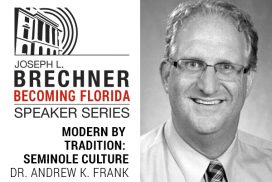
Frank Berry, a former slave from Jacksonville, believed that the Seminoles could be credited for “inciting many uprisings and wholesale escapes among the slaves.”³ General Thomas Jesup would later report not only the close connection between the plantation slaves and Black Seminoles but the “understanding that a considerable force should join on the first blow being struck.” 4 General Duncan Clinch foresaw the collusion between plantation slaves and Black Seminoles: “The whole frontier may be laid waste by a combination of the Indians, the Indian negroes, and the negroes on the plantations.” In October 1835, Clinch reported the planter fears of a “secret and improper communication between the refractory Indians, Indian negroes, and plantation negroes.” Again in December, he wrote,Īll the information I receive in relation to the movements of the Indians, represent them as being in considerable force, and manifesting a determination to engage in War, murder, and plunder. The first Seminole and maroon assault was being planned to coincide with a general uprising of slaves in the region.

John’s region to “hold out inducements to the negroes to join them.” As the Black Seminole leaders secretly moved among the slave population, they “endeavored to seduce them from their allegiance to their owners, with promises of liberty and plunder.”¹ A military officer reported the presence of Black Seminoles “tampering with the negroes” on the sugar plantations of Cruger and Depeyster. Caesar, a very influential and intelligent Black Seminole sub-chief, was commissioned by the chiefs to the plantations on the St. Yaha Hajo, a Seminole war chief affiliated with head chief Micanopy’s Black advisor Abraham, and Black Seminole leader John Caesar, second hand to King Phillip, were mostly responsible for the enlistment drive. Covert recruitment melded ties between field slaves and the Black Seminoles.

Augustine plantations and build up arms on the southwest Florida coast to resist removal.

From the summer to the winter of 1835, Black Seminole and Seminole leaders worked to recruit slaves in the St.


 0 kommentar(er)
0 kommentar(er)
